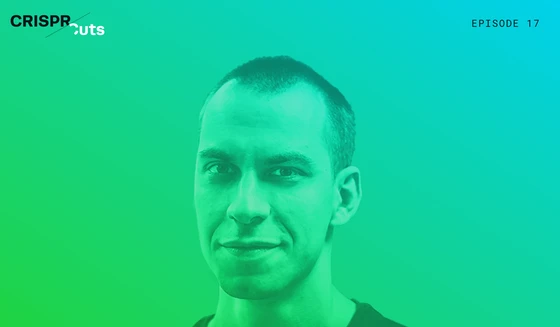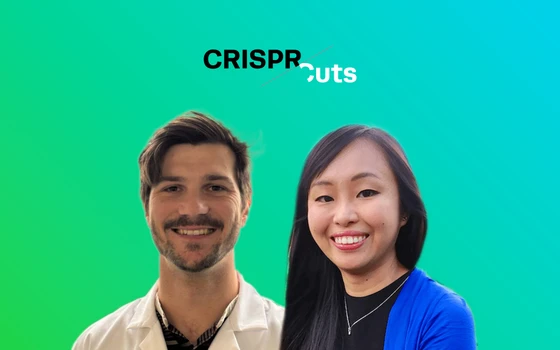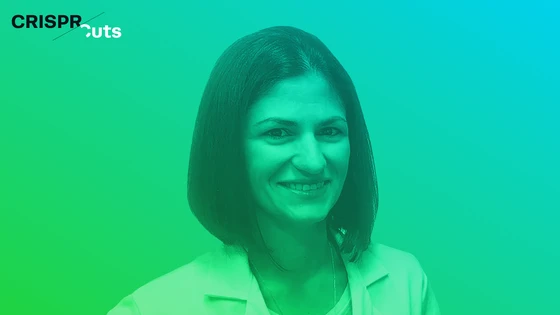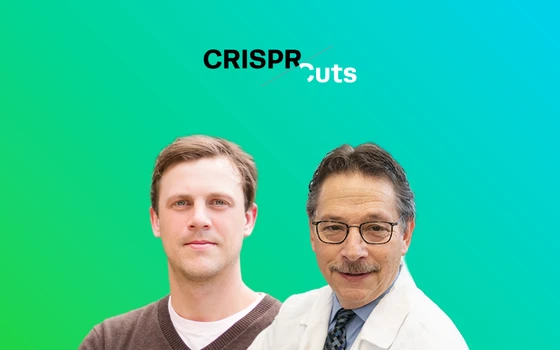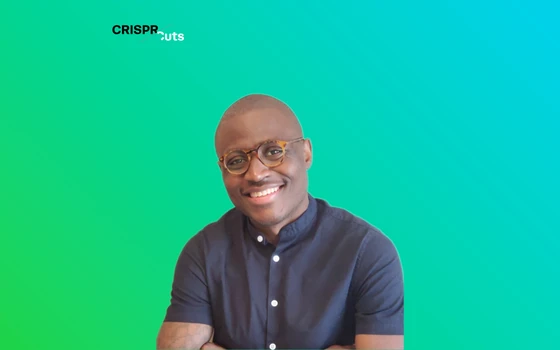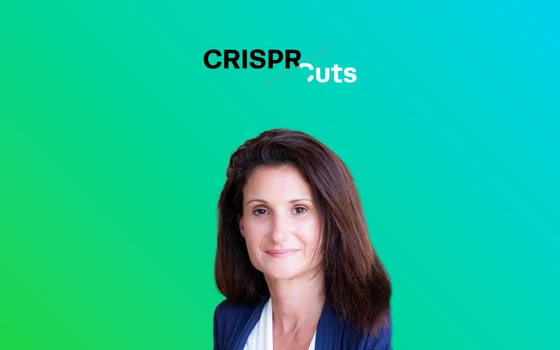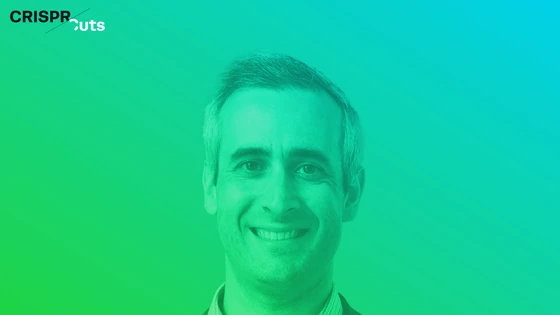Paul Dabrowski is the CEO of Synthego. A computer engineer by training, Paul, together with his brother, Michael Dabrowski, ventured into the biotech space and founded Synthego. In just a few years, the company is making waves with its success, and was recently featured in Forbes Next Billion-Dollar startups list.
In this interview, Paul talks about how Synthego got started, his mantra behind leading the company, and future directions. He also offers insights into Synthego’s unique capabilities—the powerful combination of engineering and biology that enable scaling.
Get ready for a behind-the-scenes journey. Tune in to the podcast or read the blog below; the choice is yours!
Meenakshi Prabhune: What was the motivation behind founding Synthego?
Paul Dabrowski: The motivations for getting into the biotech space are pretty simple. If you look at it from a really high level, the opportunity to have a really big impact and make big changes exists in biotech unlike any other discipline in my opinion.
I think that the coming 50 to 100 years will be seeing cures for most genetically-based disorders and quite a few other disorders and diseases that will extend healthy human life span drastically. And in order to do really the core foundational work for that, you really need to be technically steeped in the biotech space. So that's kind of the highest level of motivation.
Minu: How did your background in computer engineering and working at SpaceX influence your plans of starting a biotech?
Paul: I and Michael Dabrowski, my brother and co-founder of Synthego (who was also at SpaceX), saw how that company was being built with a big purpose and impact in mind. The way Elon Musk ran the company was, “Let's try and build the human species into being a space-faring civilization.” That's kind of an incredible, remarkable science fiction sort of motivation. But you see the progress that they are starting to make over the years, and that it's possible to do that.
And we were seeing what that actually meant on the ground, in terms of getting various people from different disciplines speaking with each other on the same language and setting up an environment where you have the designers working with the engineers, working with the manufacturing team, working with the testing team—in a very integrated way—for an agile development approach.
Agile development is a software development methodology, and to see that that translates into something that has physical hardware, space rockets, wasn't intuitive. Seeing how it was done gave us the idea, "Okay, this mindset can really be applied in other places."
So it seemed like focusing on setting up an agile company and focusing on scale and automation were two of the key motivations for making progress in such a big task like getting to Mars. When we were thinking through what should we be doing next, we thought, "Let's do something with a big impact." And so the life sciences came up, and then we started looking at the various technologies involved and we saw that DNA sequencing was doing really well.
There was an exponential growth curve. There's huge amounts of information that is being pulled out of biology, but if you look at our ability to actually perturb the biology, change the genome, and write the information back in to test and verify what's going on, that wasn't really growing in the same way. So we thought, "Okay, let's focus in on being able to do the workflows for writing biology. Let's focus on those kinds of tools, making the workflows more agile and scalable." And that's really the introduction to the Synthego approach.
Minu: CRISPR came up at the same time, and you could now just edit DNA in a precise way. Was that exciting to work with this tool that could probably change human lives and make it a part of your daily life?
Paul: Absolutely. Well, first off, it was very fortunate timing. We had actually already started Synthego, and we were focused on creating the beginnings of biopolymers and making them scalable. How do we make DNA, RNA, proteins, really accessible in the context of modifying cells or perturbing cells?
CRISPR being a technology that hones the idea of genomic perturbation to the level of precision that it does, and across so many different organisms and different genes, is quite amazing. So it was quite fortunate that that focal point really came up, and we decided to focus all our efforts on being able to make CRISPR an easier to use tool, making it accessible to scientists and to see if we can help move that market forward.
Minu: All of Synthego's products are very focused to enable researchers access to CRISPR. Why do you think access is so important for researchers?
Paul: This question of access is a critical issue because oftentimes when new tools arrive, they are hard to use, and the learning curve is steep. As things get better, it becomes easier. But it's not always such a straightforward path. And this applies not just in the space of science but also throughout life.
Typically, something that's very accessible tends to be lower cost, simple to use, and there tends to be a little bit more transparency around it. These are fundamental principles that are important to move the technology, science, and ultimately society forward in a positive way. If you start limiting access, you can only have experts working with something, and then the use or misuse of the technology essentially lands in the hands of a smaller group of people.
The question is, “Where are the blind spots?” Are there good examples of how to use the technology? Obviously, with CRISPR, there's a clear set of hundreds, if not thousands, of indications, including genetic disorders, gene therapies, and cell therapies, that could be created using this technology.
So, if we create this baseline of access to the researchers, then they will be able to have those studies move forward quicker, and we will ultimately have the benefits reach the general population quicker. But the critical thing is to make sure that we are doing it in kind of a wise way, where we are ensuring the quality and safety.
The more people that have access to it, the more that all these things can be vetted. That's why access is top of mind for the tools. Ultimately, the question of access to therapies is kind of the next phase of really important questions. We will see how that transitions over the coming years.
Minu: Do you think Synthego’s unique combination of engineering and biology is essential for scaling up and enabling access? How does it play into your broader mission?
Paul: That’s a very interesting question about what are the unique characteristics of Synthego, and do they play into access? I would say yes, because access ultimately has to do with the simplicity, which means you need to understand something, and access also has to do with bringing the cost down. Both of those come with scale.
Gene Knockouts
Gene knockouts, in which genes are inactivated so that they no longer make functional protein, are used to address a variety of scientific questions. The CRISPR gene editing tool has made knocking out genes easier than ever before.
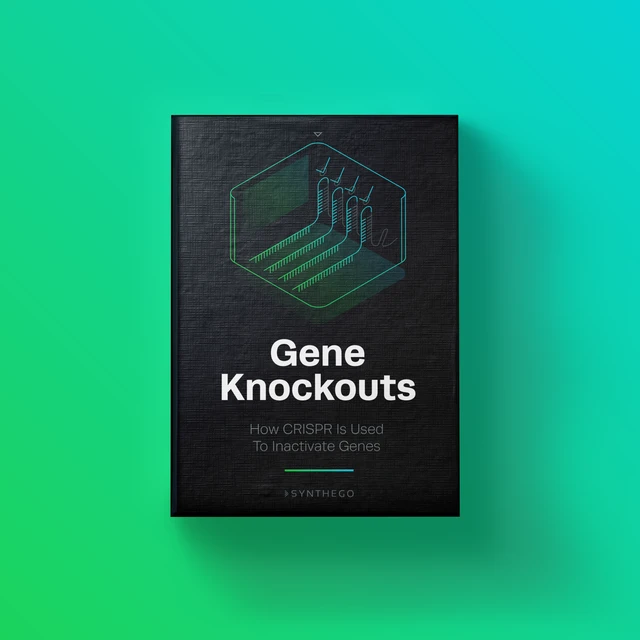
As you do more and more of something, you get to know it better, and typically, your processes get more efficient. So fundamentally being able to work on biological processes with an engineering mindset is critical. But that doesn't mean that the biology is secondary. In fact, I would say the unique principles at Synthego are that we hold both the biology and the engineering kind of as the first tier. And that can cause all sorts of confusion if people are used to thinking only in terms of biology or only in terms of engineering.
Breaking that down in terms of what kinds of processes we have, how do we approach things strategically, how we communicate internally, are all critical questions that we think about and try to clear up as quickly as possible.
Minu: The similarities between tech and biotech are interesting, but they are still very diverse fields. So after you have transitioned into biotech from tech, what are the main differences that stand out?
Paul: One of the biggest differences has to do with how specialization plays into the bigger ecosystem. In tech, when someone specializes, there is typically a platform where you can either write your software or your code, or you can figure out how to make a chip that then gets scaled to make millions or hundreds of millions of them, because the foundations are there for scale.
So the distribution of someone's specialized knowledge to the broader base of either developers or ultimately end users is very quick. We saw that with Pokemon Go. In my mind, that was an incredible moment in history where you had hundreds of millions of people that all of a sudden got access to the same thing within a matter of a couple of days. That's unprecedented.
That's the foundations of tech really at working. In biotech you have specialization, but you don't necessarily have good ways of deploying it so that it reaches the big distribution and it reaches all of the people who are in the science and oftentimes with a technology like CRISPR, the uptake of it is incredibly fast by all standards in the life sciences, but by tech standards it's very slow.
I don't mean to really compare Pokemon Go to CRISPR, because they are different worlds, but actually that might be an interesting case. Like, could you make CRISPR so simple that someone could literally open an app on their phone and figure out how to genetically modify cells or create a therapy that you know is going to be safe?
That sort of challenge, of how you make distribution of something so easy or the idea of being able to have a scientist quickly and effectively engineer a new type of medicine, is certainly interesting, but I think there are lots of fundamental challenges that stand in the way of that in biotech right now.
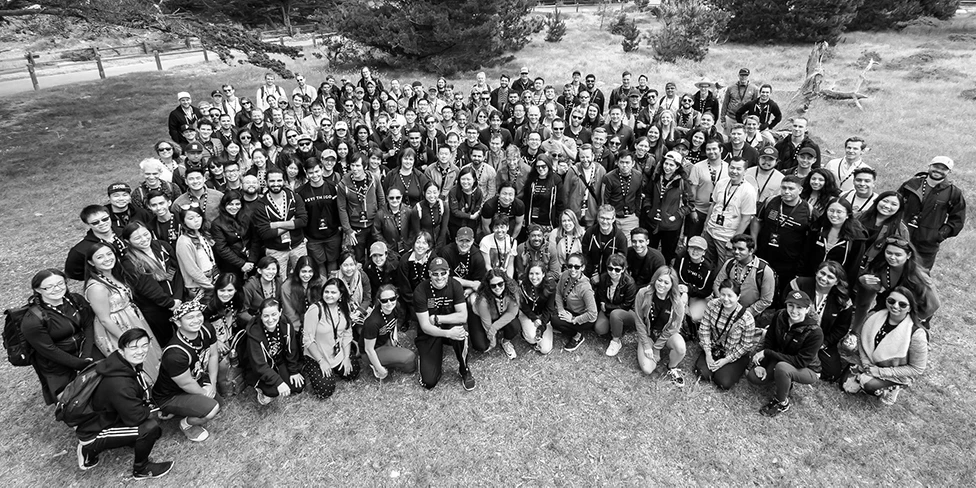
Minu: Where is Synthego headed in the next five years?
Paul: The continued simplification of using CRISPR for more difficult types of genomic modifications is the name of the game for us. With our Engineered Cells product, you can get a guaranteed knockout in one of several hundred cell lines in a few weeks by essentially swiping your credit card on the website and selecting which gene you want modified. I imagine the capabilities for that will continue growing, enabling complex modifications or multiple modifications simultaneously to improve the studies.
This then translates into being able to do more and more broad understanding. Empowering cell biologists with the tools of molecular biology without having to learn all those details, that's where this continues to go, kind of in the progression of the products we have.
As we continue to go further and further into the workflow and understand how CRISPR works better, we have increasingly been closer to the applications and so we are increasingly viewed as a partner in the development of cell and gene therapies or even small molecule drugs. And we are really thinking about how we could help make medicines accessible by enabling the research and the discovery to be much more simplified, a lot more predictable, a lot more robust and likely you'll see more and more of that also.
Minu: We always end with a fun question. Did you have a ton of name selections before you settled on Synthego?
Paul: Some names you could do it by process, and other names just appear to you at three in the morning when you are working hard on technology and nothing seems to work and you just want a break. The name of Synthego was kind of the latter.
We were in our first office, which was essentially a garage, and the technology wasn't working and I think we had just burned some new circuit boards, and I was just absolutely tired of that. And I started sketching kind of ideas for our logo, and the logo that we have, the little right pointed triangle with lines increasing from the top to the bottom in length, seemed to fit, because we were very focused on making biopolymers and I knew I wasn't going to quit with the technology at that point, so making a kind of a little triangle that pointed to the future seemed to make sense.
What we were focused on at that point in time was the synthesis of oligonucleotides. So “Synthego” is kind of a very simple way of abbreviating the two. So there you kind of have the whole picture of how the logo and the name fits together all in one.
Gene Knockouts
Gene knockouts, in which genes are inactivated so that they no longer make functional protein, are used to address a variety of scientific questions. The CRISPR gene editing tool has made knocking out genes easier than ever before.

